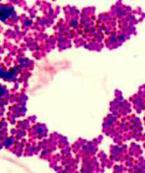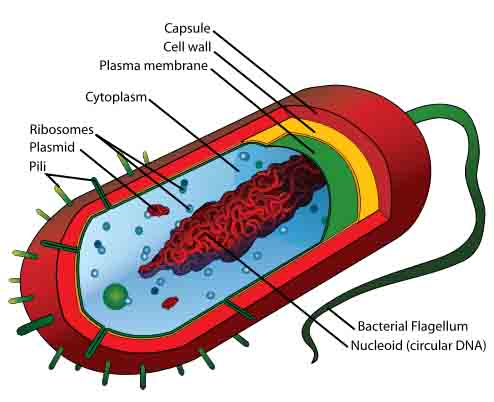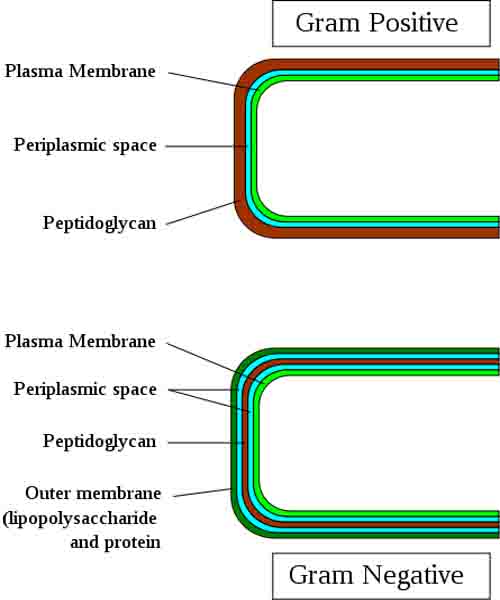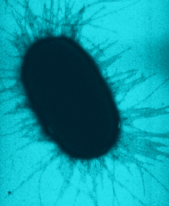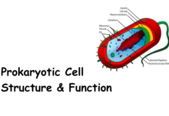 | ||||
Prokaryotic Cell Structures, Functions & Diagrams - P2
SPO VIRTUAL CLASSROOMS
Page last updated: 10/2017
PAGE 2 < Back to Page 1
- Glycocalyx: The glycocalyx is a layer outside of the cell wall, and present in some bacteria. There are two types of glycocalyces: slime layers and capsules. Slime layers help bacteria stick to things and protect them from drying out, particularly in hypertonic environments. Capsules also allow bacteria to stick to things, but have the added benefit of helping encapsulated bacteria hide from the host's immune system.
- Cell Extensions: There are several different types of cell extensions associated with bacteria, all a made of delicate protein strands. Bacterial cell extensions include:
- flagella: long whip-like extensions that help bacteria move about the environment
- axial filaments (endoflagella): flagella that are wrapped around corkscrew-shaped bacteria, and which move in waves that make the bacteria spin
Prokaryotic Cell Structures Outside Plasma Membrane
- Cell Wall: Nearly all prokaryotes have a protective cell wall that prevents them from bursting in a hypotonic environment (an aqueous environment with a lower concentration of solutes than are found within the cell). The composition of cell walls vary depending on the type of organisms, but most cell walls contain a combination of the major organic molecules— proteins, carbohydrates and lipids. Bacterial cell walls have a unique molecule, composed of sugars and amino acids, called peptidoglycan.
Gram Stain of
Gram-positive Bacteria Staphylococcus epidermidis @1000xTM
Archaean cell walls do not contain this molecule. The peptidoglycan cell wall composition of bacteria allows scientists to classify them as either Gram-positive or Gram-negative.
- fimbriae: allow bacteria to adhere to target host cells, and play a major role in bacterial virulence
- conjugation pili: the tubes used to transfer plasmids from donor to recipient bacteria
 | ||||||
E.coli and its fimbriae
Science Prof Online FREE online course material!
materials from an
8-week college
micro course
materials from a
15-week college
micro course
PowerPoint Lectures * Study Guides * Review Questions *
Test Questions
